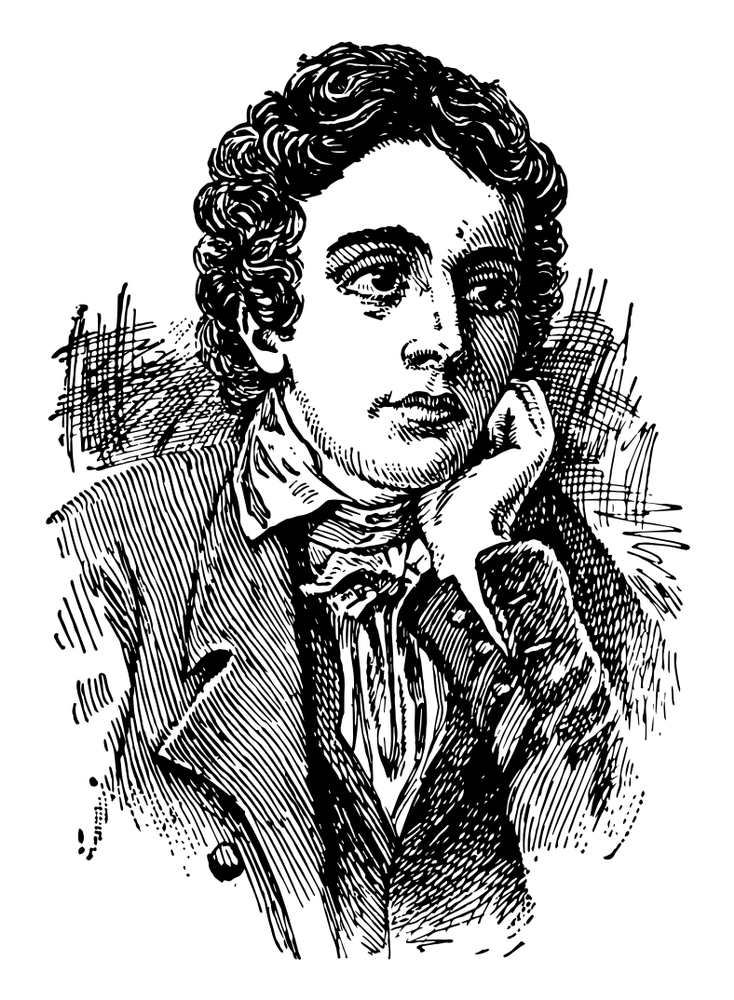
(Info4now)- While addressing the nightingale on the branch and examining the art on the Grecian urn, Keats here experiments a different style of an ode in Ode on Melancholy. As a poet can go very personal with his views of life, here Keats looks into a psychological illness in human beings. He comes to treat sadness, an important part of every individual.
Summary of Ode on Melancholy
In Ode on Melancholy, Keats defends the fact that melancholy in life is very essential to have some relief from happiness. It’s a psychological insight of a poet. So it’s not surprising to see that a poet possesses a personal view of psychiatric cure. If one is very sad attached to things around one, one shouldn’t mind it much. One should not try to get intoxicated or cost one’s own life. It is sheer failure on one’s part not to handle temporary ache of life. Whenever people suffer from such disturbing elements of life, they can search for the beauty.
Critical Analysis
The style of the ode, though lyrical enough with the introduction of art and beauty, is quite unfamiliar with the other ones. Here Keats went less subjective and didn’t address melancholy fully. Rather he tries to treat the state of sadness in human beings. He finds out that melancholy is very important in life to taste the beauty of happiness. He also emphasizes the fact that whenever we face tough times in life, we must pass time enjoying the beauty of nature. At the start, he warns the readers or himself not to yield to sorrow. We must not try to drink any poisonous drink or even think of death in such situations. The words and phrases used in the first stanza completely signify the poet’s disagreement with such intoxication. The hard sounds in ‘tight-rooted’, ‘nightshade’ and ‘death-moth’ fit in with the discomfort expressed in the early lines.
In the second stanza he tries to diminish the power of melancholy comparing it to a weeping cloud. Though explained well why the melancholy is short-lived, the phrase ‘heaven like’ and terms like ‘fosters’ and ‘flowers’ intensify his such thinking. Then the poet suggests a number of things that can be enjoyed during the span of a bad time— the beauty of a morning rose, rainbow over a beach, or the paradoxical beauty of an angry lady love piercing out of her eyes.
The third stanza concludes that both melancholy and beauty are the same. They are complementary to each other. As beauty is not permanent and happiness is also not an ever happening system in life, melancholy is just the same. Happiness always includes sadness and sadness can be the source of true beauty.
Conclusion
The poem is thematically looks more of a comment than an Ode. Still with its treatment of the subject of ever yearning beauty against melancholy, it reflects Keatsian thought of negative capability. The images used in Ode on Melancholy are extremely vivid. Phrases like ‘salt sand-wave’, ‘rich anger’ and ‘bee-mouth sips’ are full of sensuousness. While diagnosing a psychological trauma and prescribing a cure, Keats is all care for nature and the beauty of a woman’s eye. Besides, his description in rich dictions also helps this poem place well under the romantic genre.
( The author is an independent literary critic and the article is from his complete personal views.)